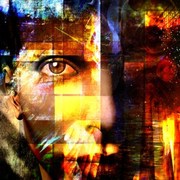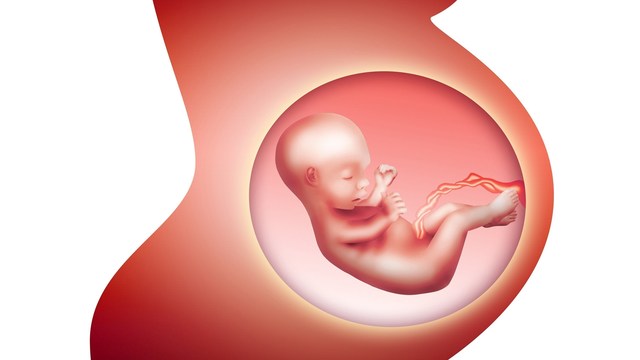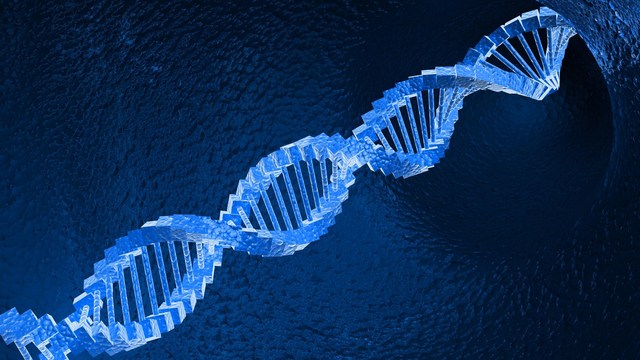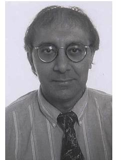 Hemera/Thinkstock
Hemera/Thinkstock
Schizophrenia is a relatively common disorder. A significant number of patients with schizophrenia have auditory verbal hallucinations that are often refractory or resistant to medications.
These symptoms are very distressing and often result in loss of behavior control and severe functional disability.
Even though there are effective drugs to treat this disorder, the side effects of most of the drugs are intolerable. Now a new therapy is being advocated for the treatment of schizophrenia.
For some time, several non-invasive methods of stimulating the brain have been developed and been used to treat a variety of neurologic and psychiatric symptoms.
Transcranial direct current stimulation has been around for several years and has been tried out as a treatment for depression, OCD and anxiety. It is still an experimental therapy but shows promise.
Now researchers from France indicate that transcranial direct stimulation may help some patients with schizophrenia.
In this study, the transcranial stimulation decreased verbal hallucinations, and the effects lasted for up to 12 weeks. In addition, the treatment had a marked influence on some negative symptoms.
The researchers claim that someday this treatment may be used at home by the patients.
The study was published online May 11 in the American Journal of Psychiatry. (1,2)
In this small study, patients were administered the treatment twice a day for five consecutive days and the brain was stimulated in selected areas for about 20 minutes.
After five days, the treatment had a marked effect on auditory verbal hallucinations. The benefits of the treatment were still present at three months.
Unfortunately, no patient had complete resolution. The treatment had no effect on other aspects of schizophrenia such as grandiosity, excitement or disorganization.
The researchers say that perhaps schizophrenics who have symptoms that do not respond to medications may be candidates for transcranial direct stimulation.
So, what does this mean for the patient with schizophrenia?
This was a very small study and while it did improve auditory hallucinations, it still did not improve many other features of the disorder. Even if this treatment becomes available, it is unlikely that it will be a substitute for medications to treat schizophrenia.
Finally, if and when this treatment becomes available, one can rest assured it will not be cheap.
Sources:
1. Examining Transcranial Direct-Current Stimulation (tDCS) as a Treatment for Hallucinations in Schizophrenia. Am J Psychiatry 2012;:. 10.1176/appi.ajp.2012.11071091. abstract: http://psychiatryonline.org/article.aspx?articleID=1149503
2. Direct-Current Brain Stimulation Promising in Schizophrenia. Medscape. Retrieved May 20, 2012. http://www.medscape.com/viewarticle/764087
Reviewed May 21, 2012
by Michele Blacksberg RN
Edited by Jody Smith






Add a CommentComments
There are no comments yet. Be the first one and get the conversation started!